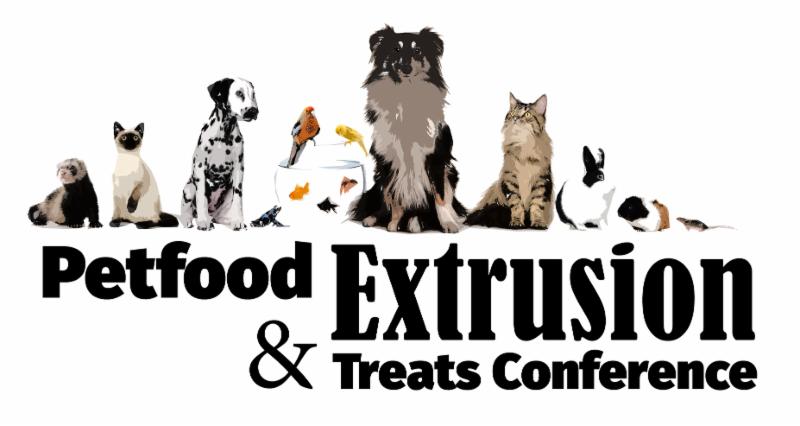Collaboration
between AKVA group and Egersund has reached a new level with the news that AKVA
group will now represent all Egersund Net products in its export markets
outside of Norway.
The addition of Egersund products, including nets, moorings, cleaner fish and sea lice prevention units, significantly expands the existing AKVA group portfolio. Strengthening the company’s strategy to offer a completely integrated farming solution from the seabed to the farm gate, providing excellence in its customer service and the continual supply of innovative, high-quality products.
Key to this alliance is the addition of Egersund Export Sales Manager, Tom Asbjørn Hatleskog and Jonny Invaer, Sales Manager Egersund Trading to the AKVA group team. Tom is a well-known face to Scottish Farmers and noted for his enthusiasm and net expertise. Jonny brings over 20 years’ experience farming in Norway including the design, construction and assembly of moorings.
“Jonny and I are excited at the prospect of working together with the AKVA group team in Scotland to help provide the customers with a total farming solution from one partner,” added Tom.
Egersund’s operating philosophy is similar to AKVA group; focussing on fine
tuning operations to increase profitability, while sharing the technical load
with a reliable partner with the right people, the right technology and the
right knowledge to achieve excellence. Creating partnerships grounded on strong
values is a core element in both companies.
David Thorburn, AKVA group Head of Export said, “This insightful collaboration opens the door for more exciting joint ventures, knowledge sharing, and will bring increased business and job opportunities to Scotland.”
Visit the AKVA Group website, HERE.
Visit the Egersund website, HERE.
The addition of Egersund products, including nets, moorings, cleaner fish and sea lice prevention units, significantly expands the existing AKVA group portfolio. Strengthening the company’s strategy to offer a completely integrated farming solution from the seabed to the farm gate, providing excellence in its customer service and the continual supply of innovative, high-quality products.
 |
| Tom Asbjørn Hatleskog Image credit: Egersund |
Key to this alliance is the addition of Egersund Export Sales Manager, Tom Asbjørn Hatleskog and Jonny Invaer, Sales Manager Egersund Trading to the AKVA group team. Tom is a well-known face to Scottish Farmers and noted for his enthusiasm and net expertise. Jonny brings over 20 years’ experience farming in Norway including the design, construction and assembly of moorings.
“Jonny and I are excited at the prospect of working together with the AKVA group team in Scotland to help provide the customers with a total farming solution from one partner,” added Tom.
 |
| David Thorburn Image credit: AKVA Group |
David Thorburn, AKVA group Head of Export said, “This insightful collaboration opens the door for more exciting joint ventures, knowledge sharing, and will bring increased business and job opportunities to Scotland.”
Visit the AKVA Group website, HERE.
Visit the Egersund website, HERE.
The Aquaculturists
This blog is maintained by The Aquaculturists staff and is supported by the
magazine International Aquafeed which is published by Perendale Publishers Ltd
For additional daily news from aquaculture around the world: aquaculture-news






















